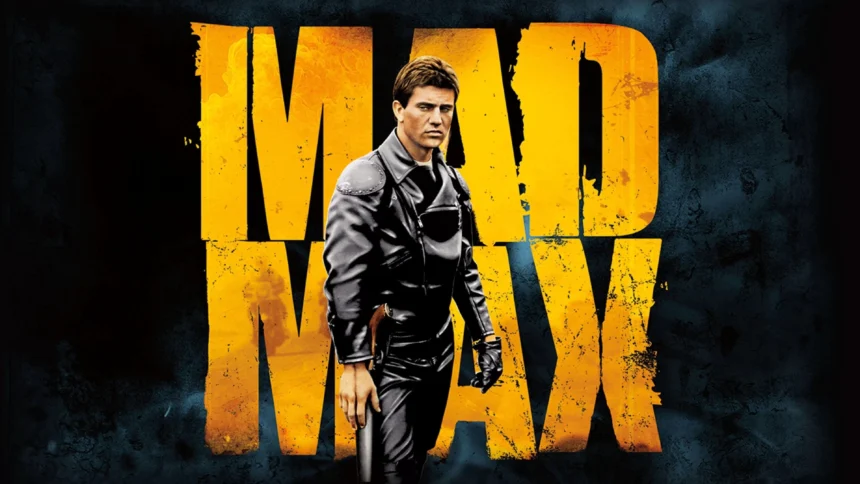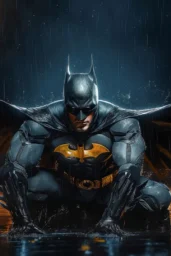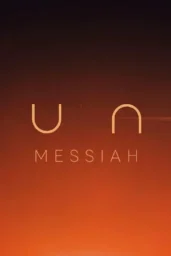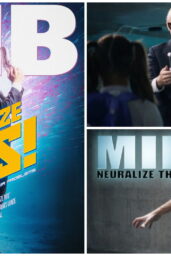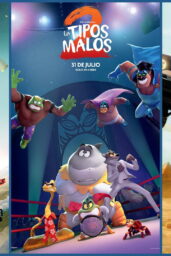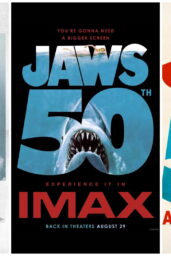In the landscape of dystopian cinema, few films command the cultural reverence of George Miller's Mad Max. With its stripped-down, apocalyptic aesthetic, the 1979 film pioneered a genre that has since become a staple of speculative storytelling. Recently, the movie has seen a resurgence in popularity on Tubi, the free streaming platform, finding a fresh audience decades after its debut. This revival coincides with the franchise's modern resurgence through Mad Max: Fury Road (2015) and the upcoming Furiosa, sparking interest in revisiting the iconic original.
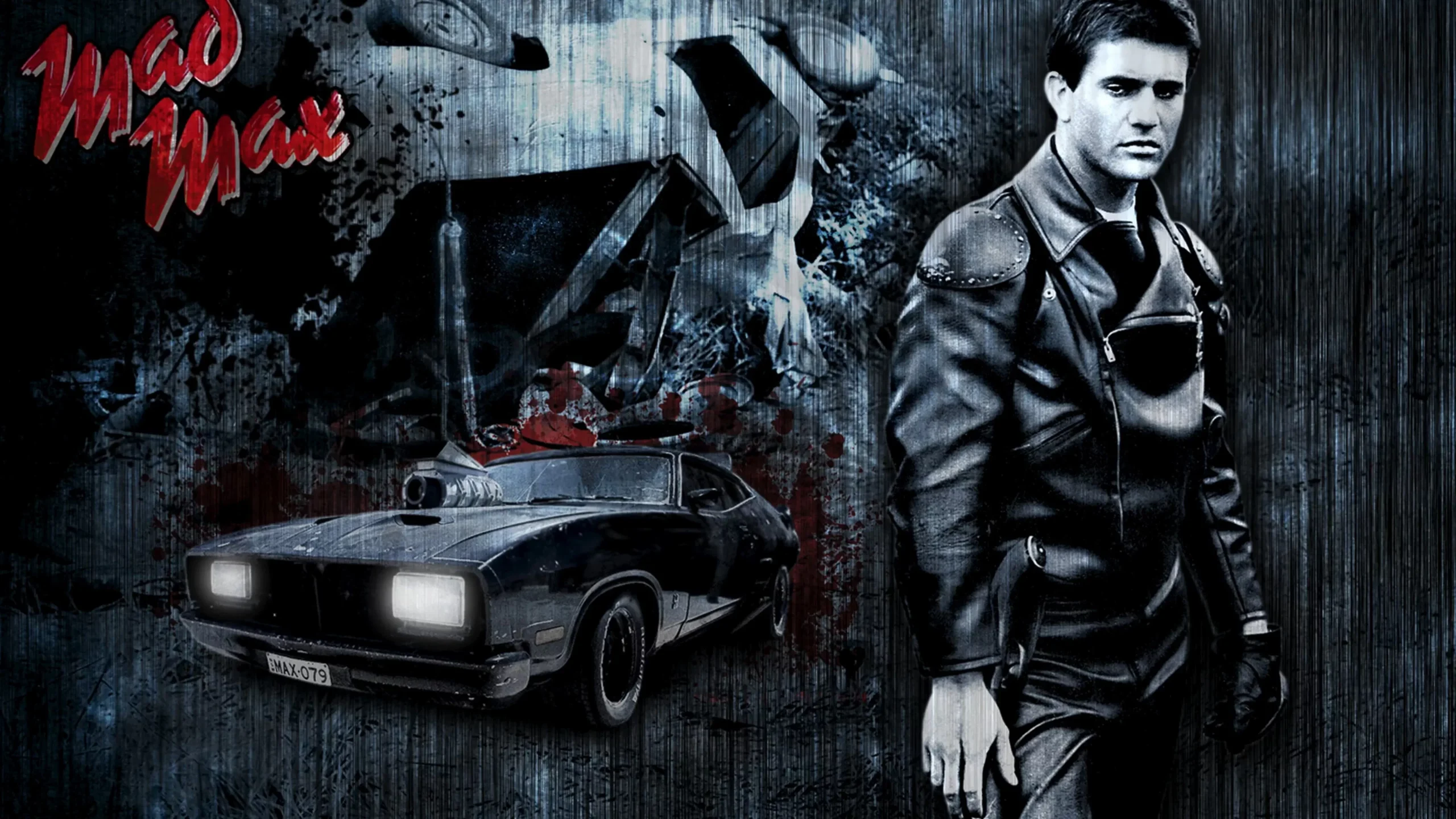
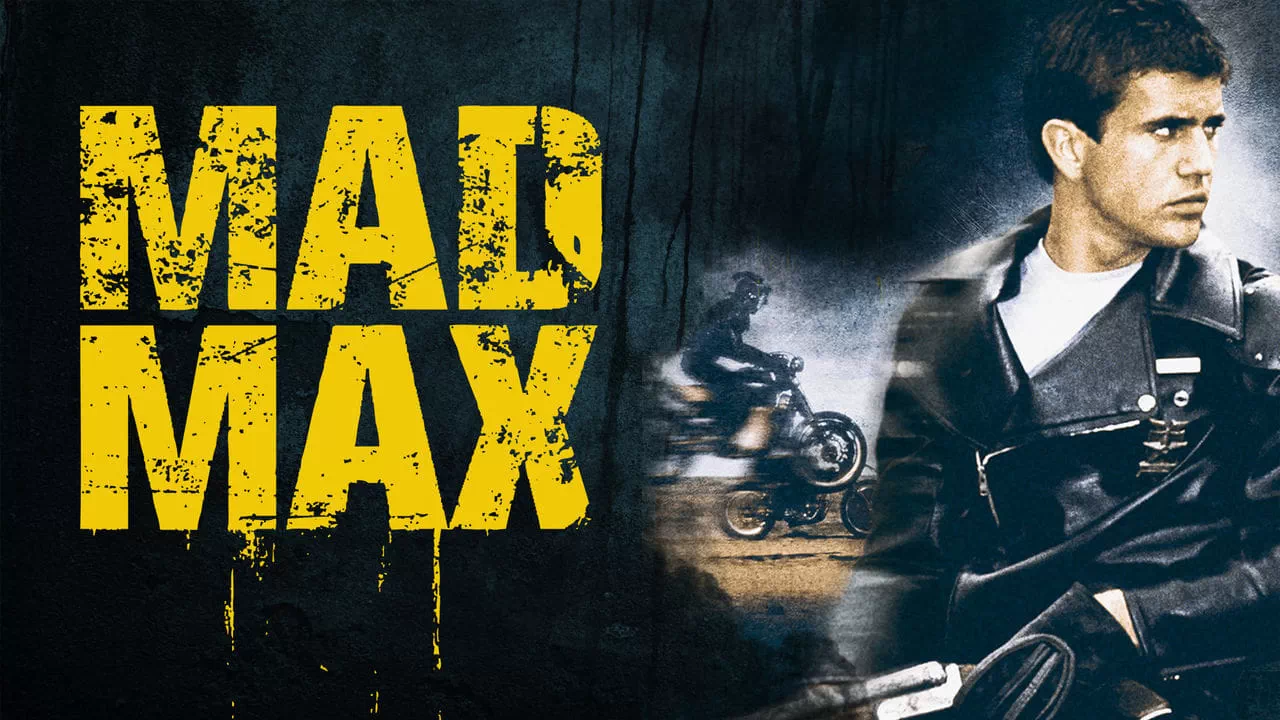
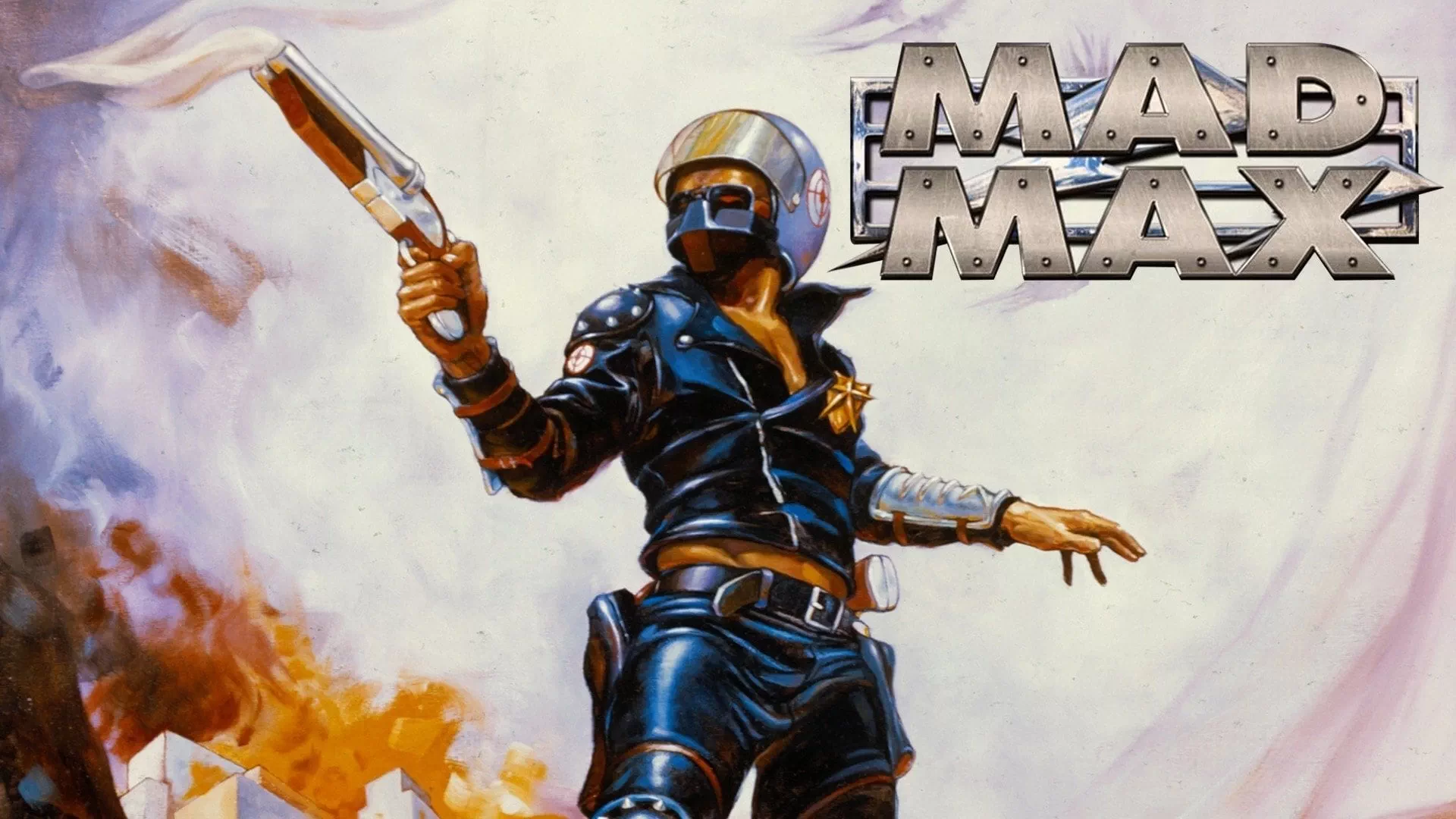
The Genesis of a Genre
Mad Max unfolds in a near-future dystopia where societal collapse has bred lawlessness, leaving remnants of order enforced by a dwindling police force. At its heart is Max Rockatansky (Mel Gibson), a young officer transformed by tragedy into a vengeful antihero. After losing his family to a savage biker gang, Max's descent into vengeance delivers a haunting portrait of justice in a world devoid of morality.
Made on a shoestring budget of $350,000 AUD, Mad Max became a testament to the power of inventive filmmaking. With sparse dialogue, kinetic chases, and raw emotion, Miller crafted a cinematic experience that transcended its financial constraints. The film's visceral action sequences, set against the sun-bleached desolation of rural Australia, remain a masterclass in tension and spectacle.
A Cultural Legacy
Mad Max didn't just succeed; it redefined the post-apocalyptic genre. Its gritty portrayal of humanity on the brink inspired successors like The Road Warrior and Children of Men, films that similarly dissected the fragility of society under pressure. Critics lauded Mad Max, with its Rotten Tomatoes score still holding at a remarkable 91%. Its success extended beyond acclaim, turning a modest investment into a $100 million global phenomenon.
The movie's stylistic DNA has since been woven into modern blockbusters. From the high-octane chaos of Mad Max: Fury Road to the muted nihilism of The Last of Us, echoes of Miller's vision ripple across cinematic landscapes.
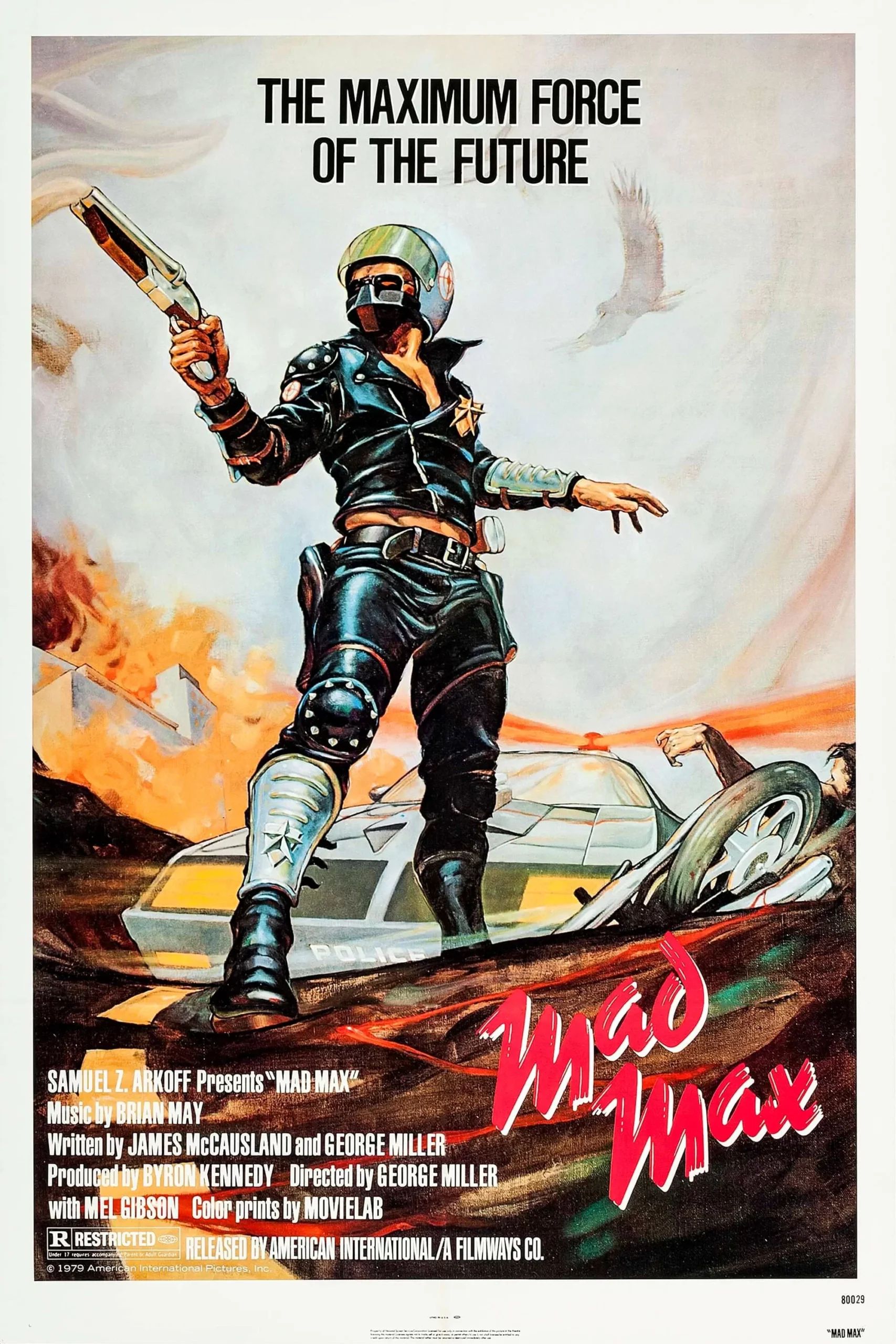
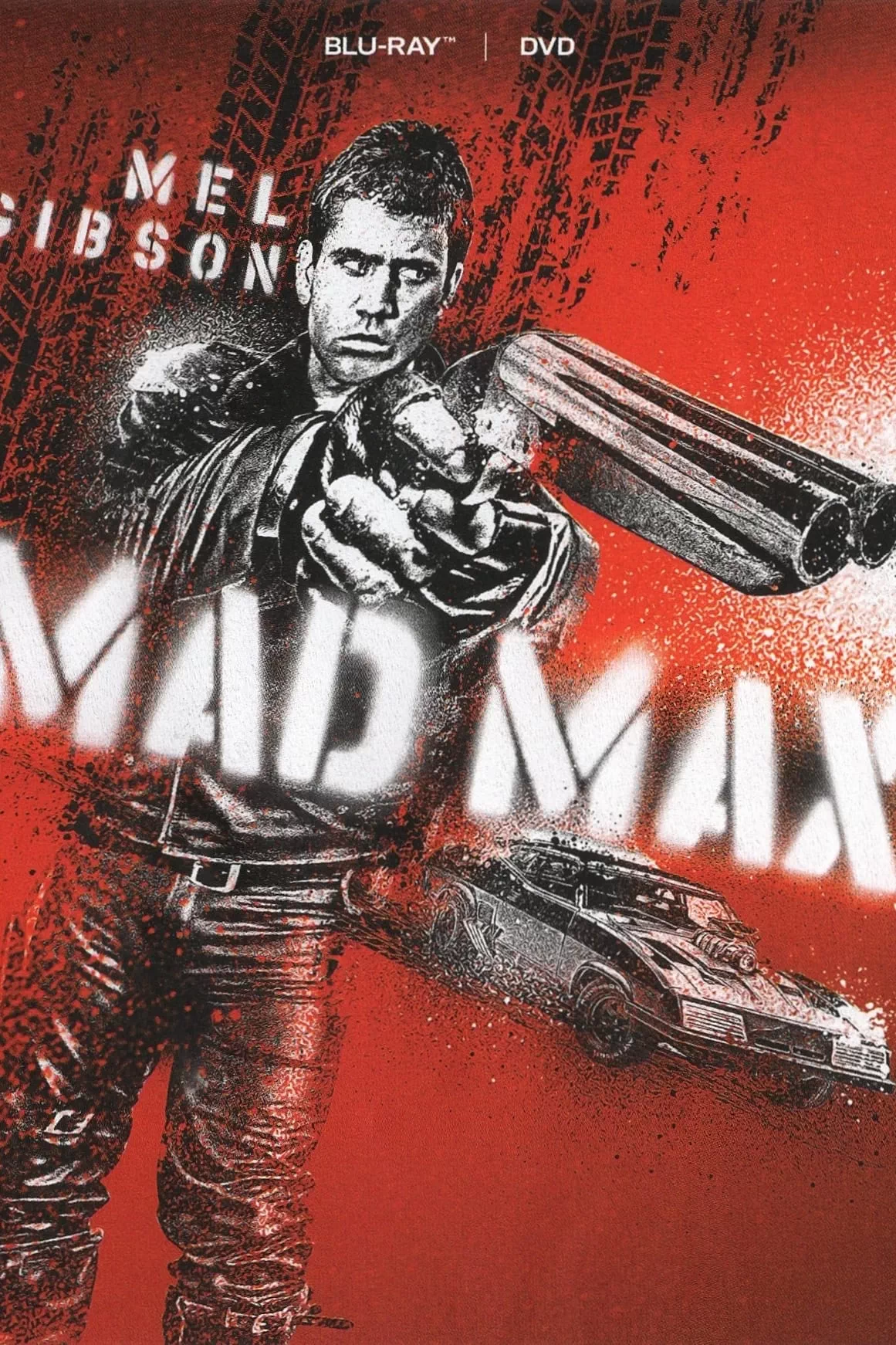
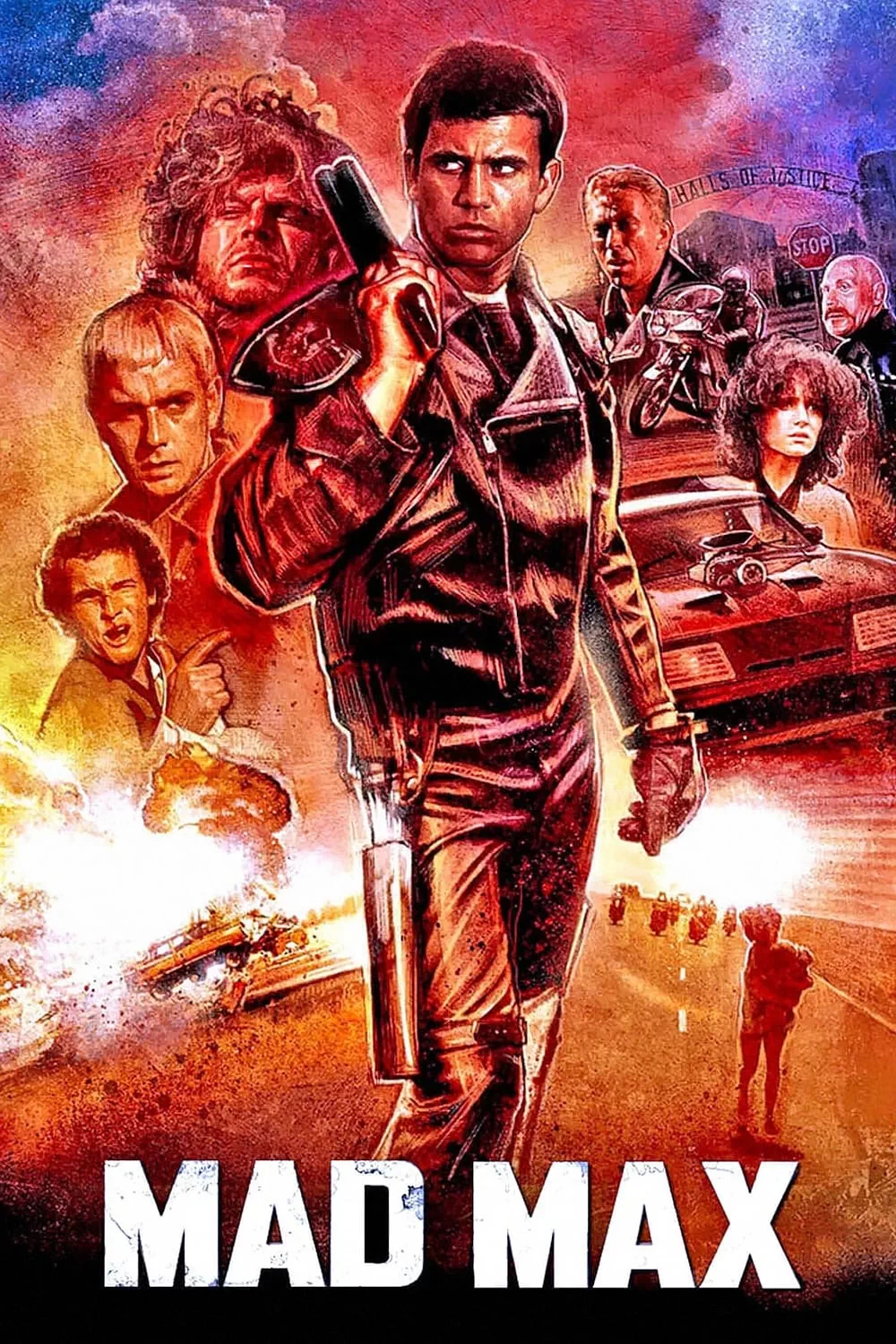
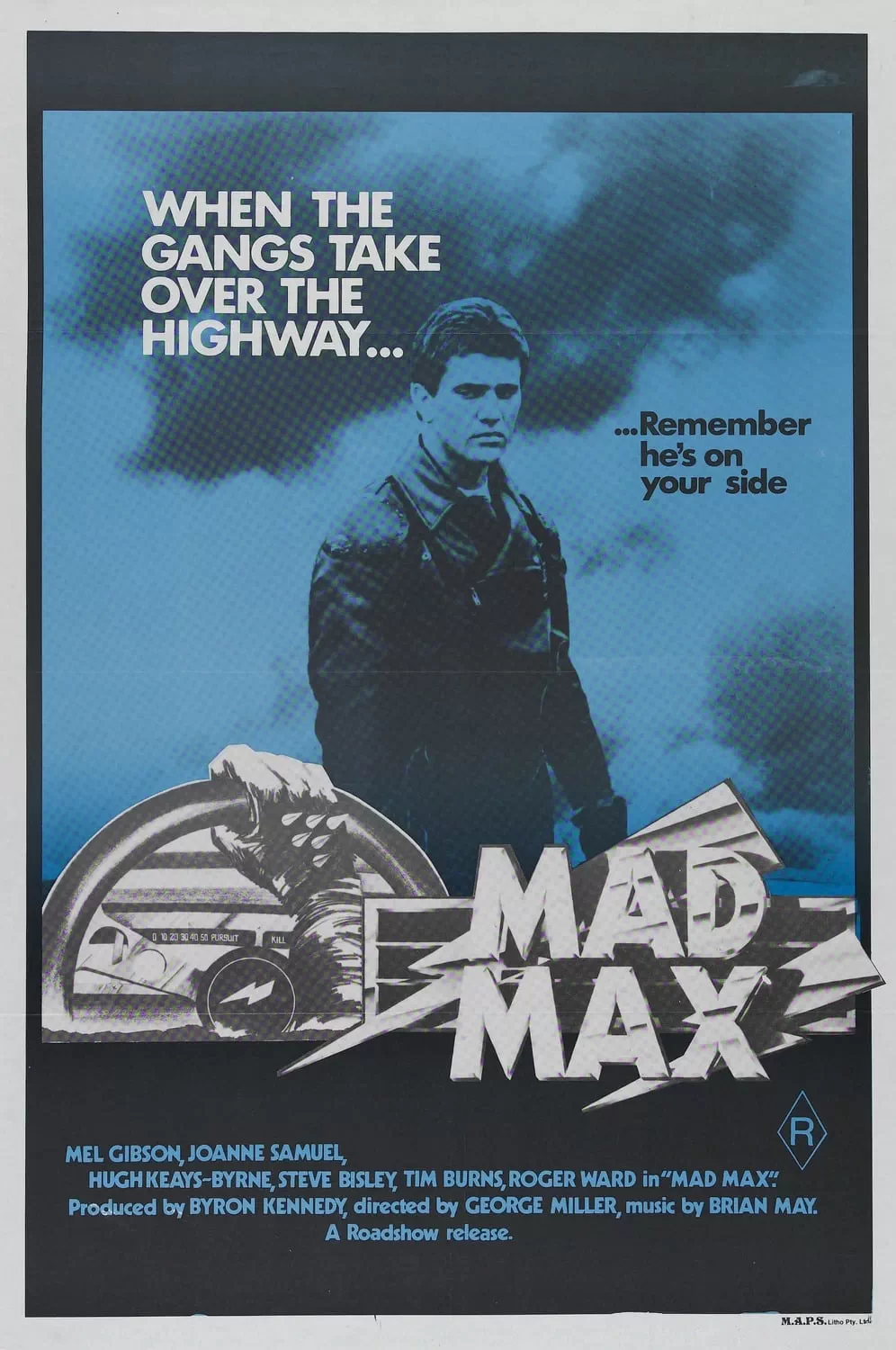
Streaming Renaissance
The resurgence of Mad Max on Tubi underscores the enduring allure of free-access content. With platforms like Peacock and Max also hosting the film, audiences are rediscovering its origins. The convenience of streaming complements a broader appreciation for timeless classics, with Tubi positioning itself as a gateway to cult favorites.
This rediscovery also hints at an evolving appetite for stories rooted in existential uncertainty. In a world grappling with climate change, political unrest, and economic instability, the themes of Mad Max resonate more than ever.
The Road Ahead
The franchise's trajectory remains uncertain. While Furiosa struggled at the box office, its critical reception suggests that Miller's vision retains creative vitality. Rumors of a sequel, Mad Max: The Wasteland, persist, but whether it will materialize depends on the industry's unpredictable tides. In the interim, streaming platforms ensure that audiences can revisit the origin story, keeping the legacy alive.
Personal Impressions
Watching Mad Max today is a reminder of cinema's ability to transport us to hauntingly plausible futures. The film's raw energy, unpolished yet deliberate, draws you into a world where survival supersedes hope. Gibson's portrayal of Max remains iconic, his transformation from family man to avenger capturing the human cost of chaos.
Miller's vision is as exhilarating as it is unsettling, a meditation on the fragile boundaries of civilization. Revisiting it now, one can't help but marvel at its prescience, a testament to the enduring power of storytelling that confronts our darkest fears.
What do you think makes Mad Max such an enduring classic? Could its themes resonate even more in today's turbulent world? Share your thoughts on the relevance of dystopian cinema in modern times.

